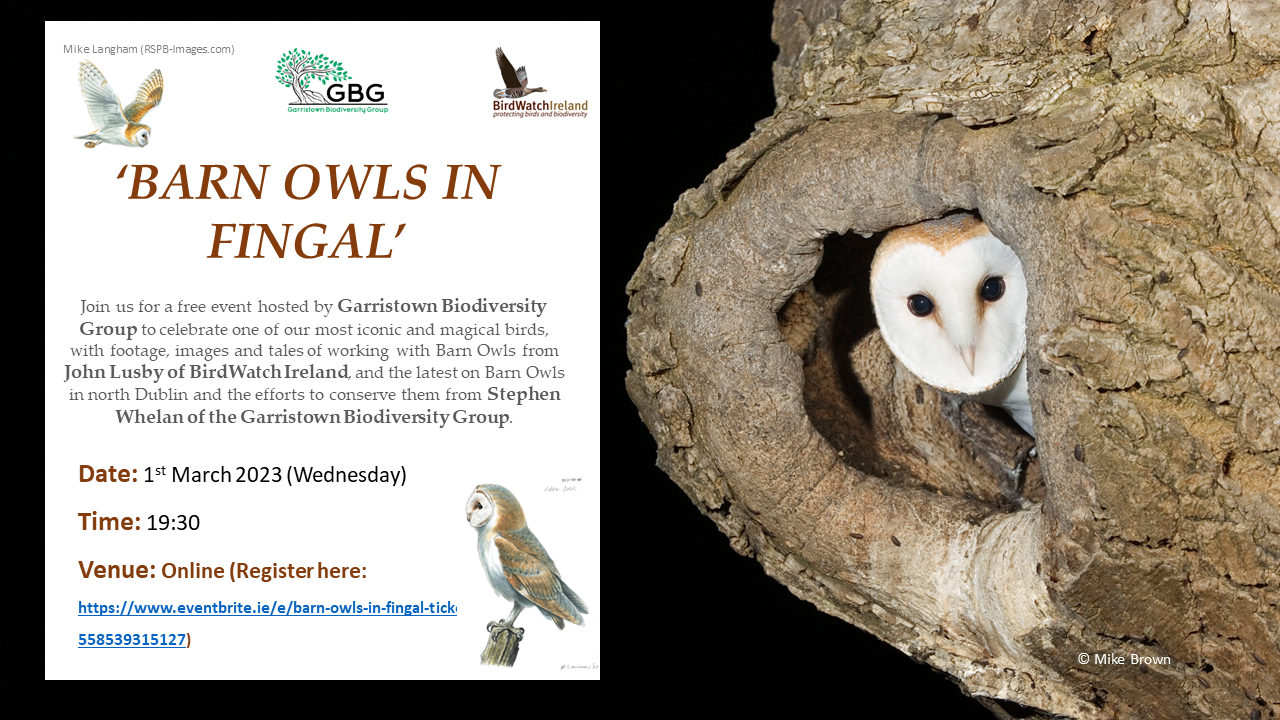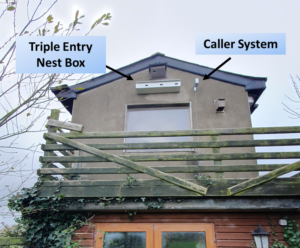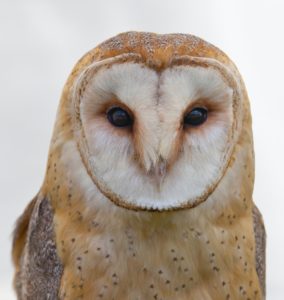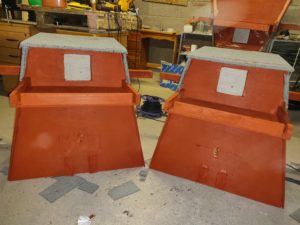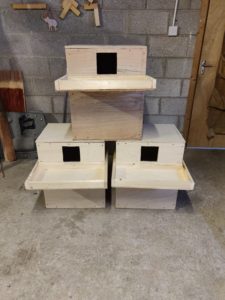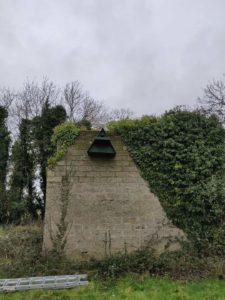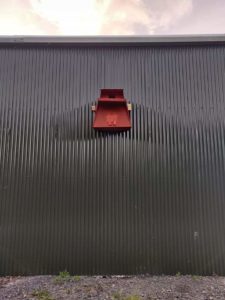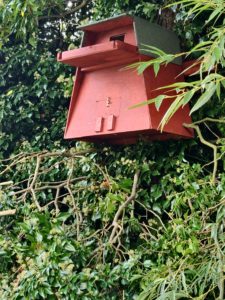As mentioned in our previous swift post last year here the Ballyboughal Hedgerow society started on an ambitious project of trying to help the endangered Swift by setting up a colony in the Ballyboughal area.
Well we have some amazing news, we have what we hope are a breeding pair in one of the nest boxes. Have a look at this incredible footage. More swifts have been seen in the area so we hope this initiative goes from strength to strength.
On the 21st of May we had our first egg

On the 22nd of May we had our second egg

On the 12th of June we get a glimpse of the first chick
On the 20th of June we get a good look at the chick. We can also confirm that sadly only one egg has hatched.
On the 15th of July we can see how big the chick has grown in 3 weeks. This is possibly because it has no siblings and two parents feeding it constantly. Chicks fledge on average after 45 days so this chick should fledge in 12 days.
On the 19th of July, not much happening, just growing away. Mam and Dad are now away for long stretches of the day. Unlike other species we are not seeing much wing stretching or any other type of exercise.
On the 23th of July, the chick has fledged. They have left the nest not to return, even for a sleep. To the best of our knowledge the bird will remain in the air for the next few weeks over Ireland flying 24hrs a day. It will then migrate to Africa and again fly 24hrs a day without landing and return to Ireland next May. As this bird will not be at breeding age it will not land and will roam the skies 24hrs a day over Ireland for the summer. It will then return to Africa for another season. In May of 2026 this bird will eventually come back to Ireland and land for the first time to nest and hopefully successfully breed. Fly well little one, it has been a pleasure knowing you.


